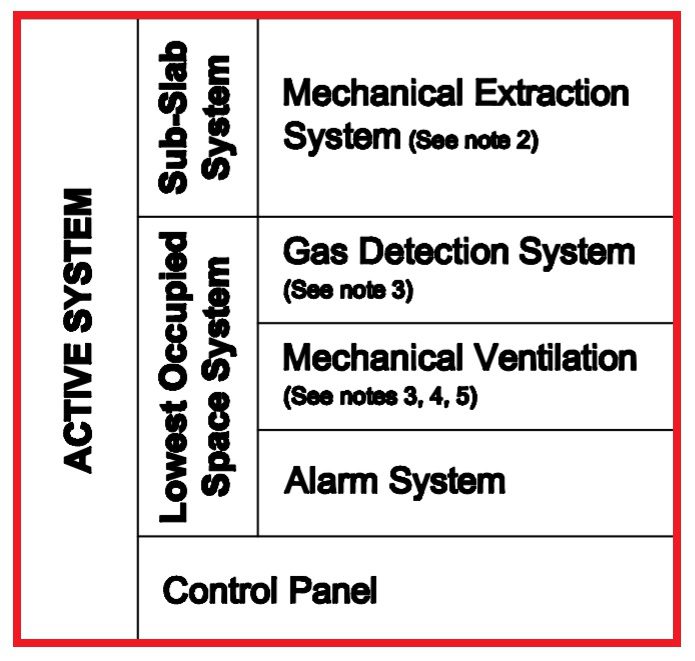Similar Posts

Transmissivity
Transmissivity Transmissivity: In geology and hydrogeology, transmissivity (T) represents the capacity of an aquifer to transmit water of the prevailing kinematic viscosity. Formula T=Kb, where b = saturated thickness of the aquifer. Dimensions are gallons per day per foot (gpd/ft) or feet squared per day (ft^2/day).

Triggered Creep
Triggered Creep In the field of geology, the term “Triggered Creep” refers to a type of creeping landslide, usually along a fault line, that is triggered by a source of seismic activity.

Active Methane Mitigation System
Active Methane Mitigation Active Methane Mitigation: Active systems refer to the mechanical and electrical components of a methane mitigation system. In fact, the definition of an Active System is available in Methane Code (Ordinance No. 175790). This is a publication by the Los Angeles Department of Building and Safety (LADBS). Moreover, further descriptions of an…

Fault Scarp
Fault Scarp Fault Scarp: In the field of geology, a dip-slip fault scarp is a steep slope that is formed directly by fault movement. It occurs along the line of a normal fault, reverse fault, or transform fault. A fault scarp represents the planer surface of the fault before erosion and weathering modify it.

Direct Shear Test
Direct Shear Test A Direct Shear Test is a geotechnical engineering laboratory procedure that measures the shear strength value of a soil sample.

Regression
Regression Regression: In geology, regression is the formation of a specific sequence of sedimentary and metamorphic layers, that are the result of ocean water withdrawing from the land. To illustrate, when regression occurs over millions of years, geologists find a layer of limestone, overlain by shale, and overlain again by limestone. The opposite of regression is…
